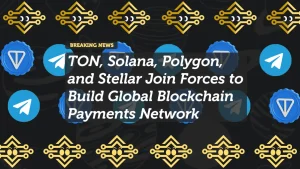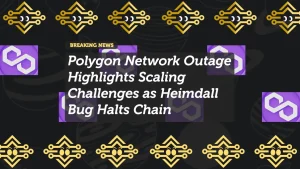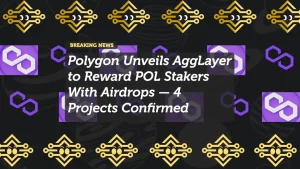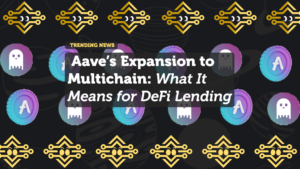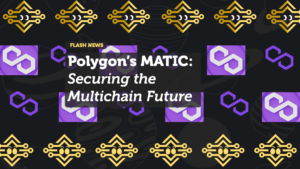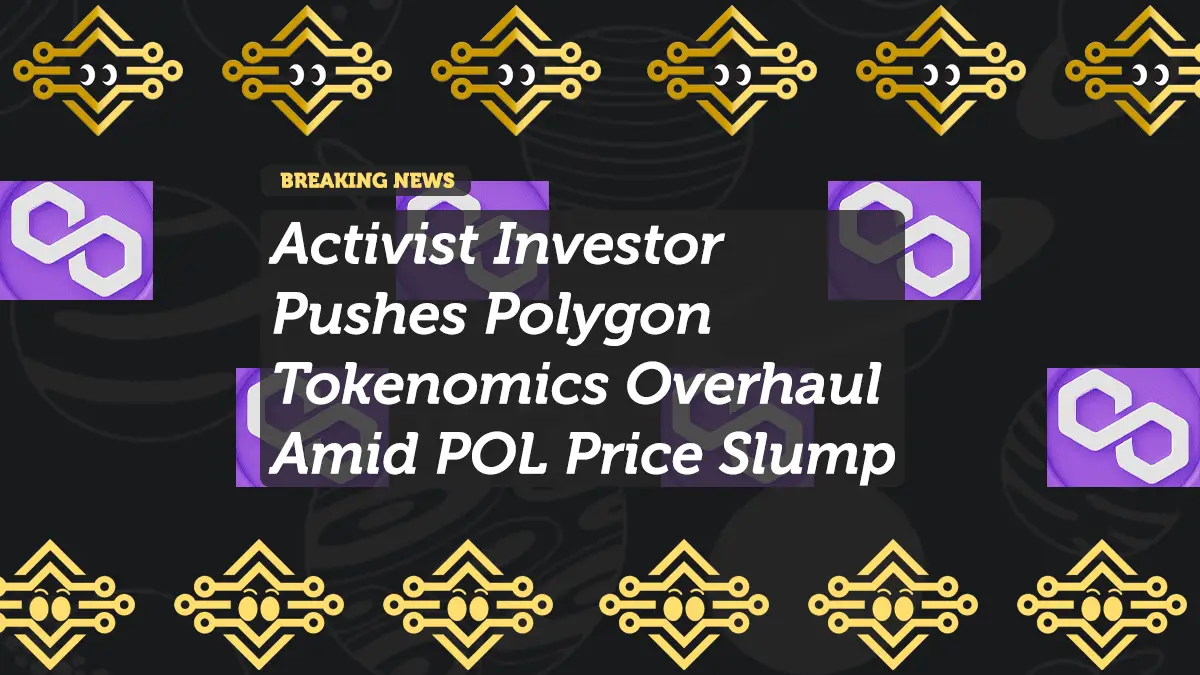
Activist Investor Pushes Polygon Tokenomics Overhaul Amid POL Price Slump
The price of Polygon’s POL token has been on a downward trajectory in recent weeks, and now a prominent activist investor is calling for sweeping changes to the network’s economic model.
The proposal — which has gained traction on social media and community forums — urges Polygon Labs to eliminate its 2% annual token inflation and launch a buyback-and-burn program to boost price stability and investor confidence.
POL’s Price Struggles Spark Investor Frustration
As of early October, POL trades around $0.51, down over 35% from its mid-August highs and lagging broader market performance.
While Bitcoin and Ethereum have rebounded following last week’s ETF inflows, POL has continued to lose momentum, with investors citing ongoing sell pressure from emissions and a lack of meaningful buy-side support.
“Polygon has world-class tech and scaling partnerships, but the tokenomics are fundamentally broken,” wrote @CryptoRevivalist, a self-identified activist investor and former DeFi fund manager, in an open letter to Polygon’s community on X.
“Inflationary emissions dilute holders every year without a defined mechanism to return value. It’s time for Polygon to evolve — to reward holders, not just fund operations.”
The Call for a New Tokenomics Model
At the heart of the proposal is a drastic overhaul of Polygon’s current 2% annual inflation rate, which was introduced as part of the POL migration from MATIC to support validator rewards and ecosystem funding.
The activist argues that continuous inflation creates downward price pressure, particularly when staking yields are low relative to competing ecosystems like Solana or Ethereum Layer-2s.
Instead, the investor calls for a deflationary model, suggesting that Polygon:
- Halts token emissions once the current supply reaches its target,
- Implements periodic buybacks and burns funded by network fees, and
- Redirects treasury reserves toward liquidity support and long-term staking incentives.
“A blockchain that scales the world’s Web3 applications shouldn’t depend on inflation to survive,” the proposal states. “Polygon should act more like a mature Layer-2 economy, not a startup with perpetual dilution.”
Community and Industry Reaction
The proposal has divided the Polygon community.
Supporters argue that a deflationary or buyback-based model could attract institutional investors and better align Polygon with the likes of Ethereum (deflationary post-merge) or BNB (quarterly burns).
“A buyback mechanism would send a strong signal,” said Nina P., a Polygon validator. “It tells investors the project believes in its token and is willing to put capital behind it.”
However, critics say that cutting emissions abruptly could threaten network security and validator participation.
Some also caution that buybacks may not be sustainable without consistent on-chain revenue streams.
Polygon Labs has not yet issued an official response, but insiders told Crypto Slate that the team is “evaluating community feedback” and “open to reviewing economic alignment mechanisms.”
The Bigger Picture: Governance and Market Confidence
This is not the first time a major blockchain project has faced pressure to revamp its tokenomics.
Earlier this year, Avalanche and Optimism both faced similar debates as investors sought more value accrual to token holders rather than ecosystem grants.
The growing influence of activist investors in DeFi governance marks a maturing trend — one where token holders expect accountability and capital efficiency, much like shareholders in public markets.
“Web3 governance is evolving,” said Adam Cochran, a partner at Cinneamhain Ventures. “Token holders are no longer passive; they’re acting like activist shareholders demanding sustainable models.”
Market Outlook: Can Polygon Recover?
Despite the turmoil, Polygon remains one of the most adopted Layer-2 ecosystems, with integrations across Reddit, Starbucks, Nike, and Immutable.
Its zkEVM rollup continues to attract developer attention, and institutional interest in Ethereum scaling solutions remains robust.
If Polygon responds constructively to investor concerns, analysts say POL could recover quickly.
“A credible roadmap toward deflation or buybacks could trigger a re-rating,” said Rayan Patel, a market strategist at TokenMetrics. “At $0.50, the market is already pricing in worst-case scenarios.”
In contrast, inaction could deepen bearish sentiment, especially if broader liquidity flows toward Solana and Arbitrum — both of which have shown stronger token performance in recent weeks.
Conclusion: A Defining Moment for Polygon
The activist proposal comes at a crucial juncture for Polygon.
As competition in the Layer-2 space intensifies, investor perception and token design could become decisive factors in long-term success.
Whether Polygon embraces a deflationary model or finds a middle ground, this debate highlights a broader shift in crypto governance — one where economic sustainability and holder alignment take center stage.
✅ Key Takeaways
- Activist investor urges Polygon to scrap 2% inflation and launch buybacks.
- POL price has dropped 35% in two months, lagging market peers.
- Community split over balancing security vs. value accrual.
- Polygon Labs says it’s “reviewing feedback” on token model changes.
- A well-structured overhaul could restore confidence and attract institutions.











